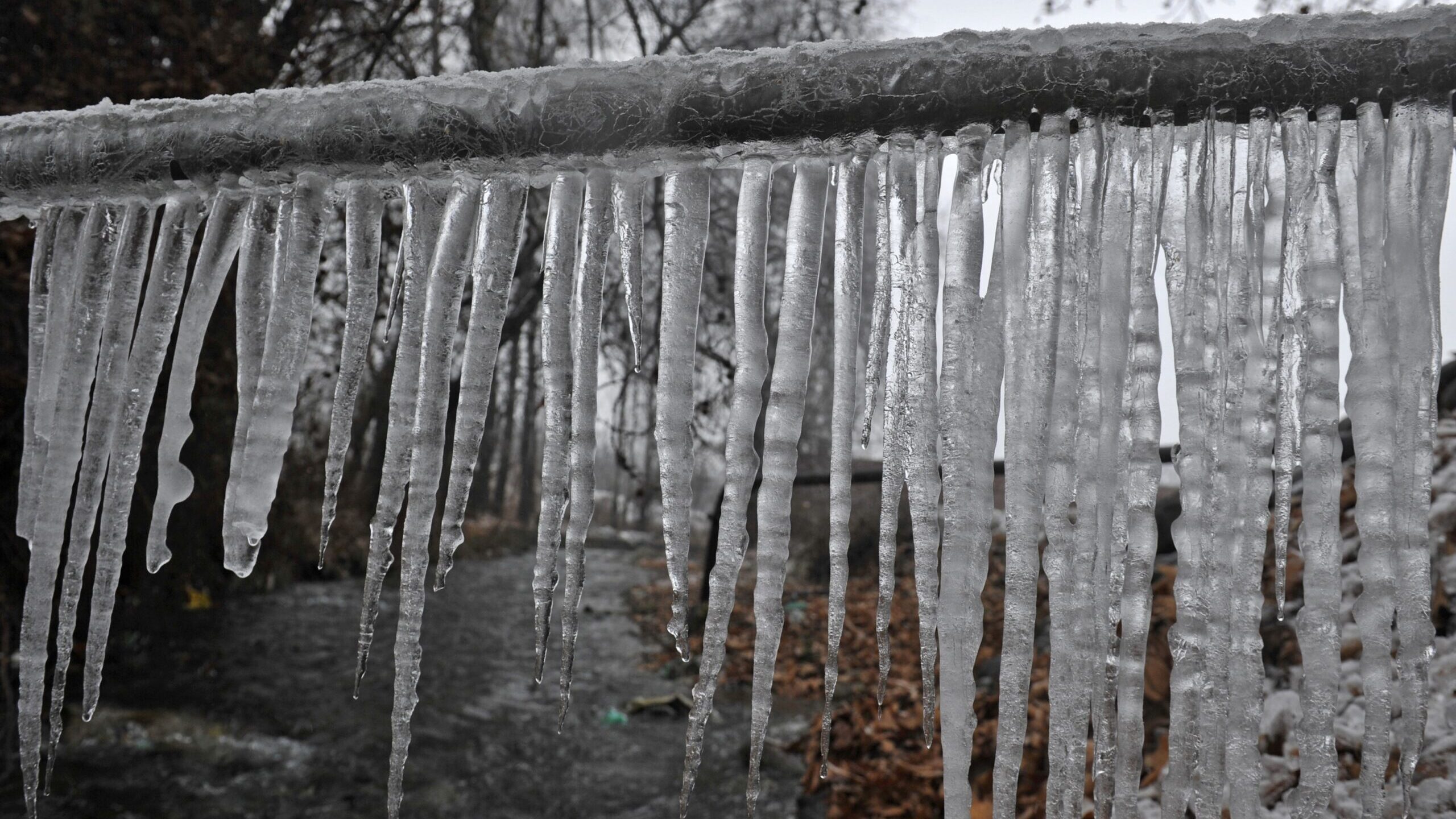Tips to Defend Pipes from Freezing: Expert Guidance
Tips to Defend Pipes from Freezing: Expert Guidance
Blog Article
What are your opinions about Preventing and dealing with frozen pipes?

Winter can damage your pipes, especially by freezing pipes. Below's just how to avoid it from taking place and what to do if it does.
Intro
As temperatures drop, the danger of frozen pipes boosts, possibly resulting in pricey repairs and water damage. Recognizing how to avoid icy pipelines is critical for property owners in cool environments.
Recognizing Icy Pipelines
What causes pipelines to ice up?
Pipes freeze when revealed to temperature levels below 32 ° F (0 ° C) for prolonged durations. As water inside the pipes ices up, it increases, taxing the pipe wall surfaces and possibly causing them to burst.
Dangers and damages
Icy pipes can lead to water supply interruptions, residential or commercial property damage, and pricey fixings. Burst pipes can flooding homes and cause substantial architectural damage.
Indicators of Frozen Piping
Determining icy pipes early can stop them from bursting.
Exactly how to identify frozen pipelines
Look for lowered water circulation from faucets, uncommon odors or sounds from pipelines, and noticeable frost on exposed pipes.
Avoidance Tips
Shielding prone pipelines
Wrap pipes in insulation sleeves or make use of warm tape to protect them from freezing temperatures. Concentrate on pipes in unheated or outside areas of the home.
Heating strategies
Maintain indoor rooms sufficiently heated, especially areas with plumbing. Open up cabinet doors to allow warm air to circulate around pipes under sinks.
Securing Outside Plumbing
Yard hoses and exterior faucets
Detach and drain garden hose pipes prior to winter months. Set up frost-proof spigots or cover exterior faucets with protected caps.
What to Do If Your Pipes Freeze
Immediate activities to take
If you presume frozen pipes, keep taps open up to relieve stress as the ice thaws. Utilize a hairdryer or towels soaked in warm water to thaw pipes gradually.
Long-Term Solutions
Architectural adjustments
Consider rerouting pipes away from outside wall surfaces or unheated areas. Add additional insulation to attic rooms, basements, and crawl spaces.
Upgrading insulation
Invest in top notch insulation for pipelines, attics, and wall surfaces. Appropriate insulation assists maintain consistent temperatures and lowers the threat of icy pipes.
Verdict
Preventing frozen pipelines needs aggressive actions and fast reactions. By understanding the causes, signs, and safety nets, house owners can protect their plumbing throughout cold weather.
5 Ways to Prevent Frozen Pipes
Drain Outdoor Faucets and Disconnect Hoses
First, close the shut-off valve that controls the flow of water in the pipe to your outdoor faucet. Then, head outside to disconnect and drain your hose and open the outdoor faucet to allow the water to completely drain out of the line. Turn off the faucet when done. Finally, head back to the shut-off valve and drain the remaining water inside the pipe into a bucket or container. Additionally, if you have a home irrigation system, you should consider hiring an expert to clear the system of water each year.
Insulate Pipes
One of the best and most cost-effective methods for preventing frozen water pipes is to wrap your pipes with insulation. This is especially important for areas in your home that aren’t exposed to heat, such as an attic. We suggest using foam sleeves, which can typically be found at your local hardware store.
Keep Heat Running at 65
Your pipes are located inside your walls, and the temperature there is much colder than the rest of the house. To prevent your pipes from freezing, The Insurance Information Institute suggests that you keep your home heated to at least 65 degrees, even when traveling. You may want to invest in smart devices that can keep an eye on the temperature in your home while you’re away.
Leave Water Dripping
Moving water — even a small trickle — can prevent ice from forming inside your pipes. When freezing temps are imminent, start a drip of water from all faucets that serve exposed pipes. Leaving a few faucets running will also help relieve pressure inside the pipes and help prevent a rupture if the water inside freezes.
Open Cupboard Doors
Warm your kitchen and bathroom pipes by opening cupboards and vanities. You should also leave your interior doors ajar to help warm air circulate evenly throughout your home.

We had been introduced to that write-up on 6 Ways to Prevent Frozen Pipes from an associate on another site. Make sure you take a moment to share this article if you enjoyed it. Many thanks for your time spent reading it.
Call Today Report this page